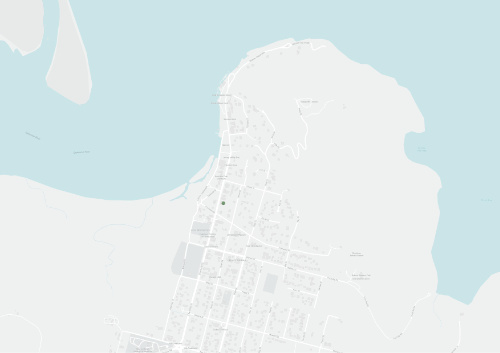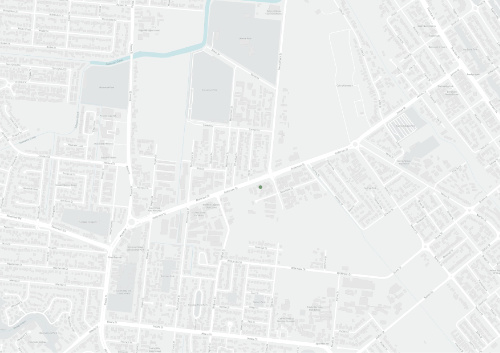Climate change and biodiversity
Changing climate has a big influence on where species live. As global temperature increases, the seasons, weather patterns and local climate on Cape York will substantially different. Some areas of Cape York will become too hot for the plants and animals that currently live here. Some plants and animals might move to cooler areas but others will disappear. To know these influences before they happen can help people plan actions to protect and support plants and animals to adapt to new areas.
Scientists from James Cook University and CSIRO worked with Regional NRM groups, including Cape York NRM, to examine the possible impacts of climate change on animals in the Wet Tropics Cluster region. Dr. April Reside and her team from James Cook University used a scientific method to model the climate impacts on animals across Cape York and the Wet Tropics Cluster.
For Cape York, 20 species distributions have been modeled using climate information at the 1-km scale (that is, climate for every square kilometer). The models use data to model the distribution as at 1990, then project the distribution at 2055 and 2085 under a high emissions scenario. The results show some key areas that will be important for conserving animals in the future.

